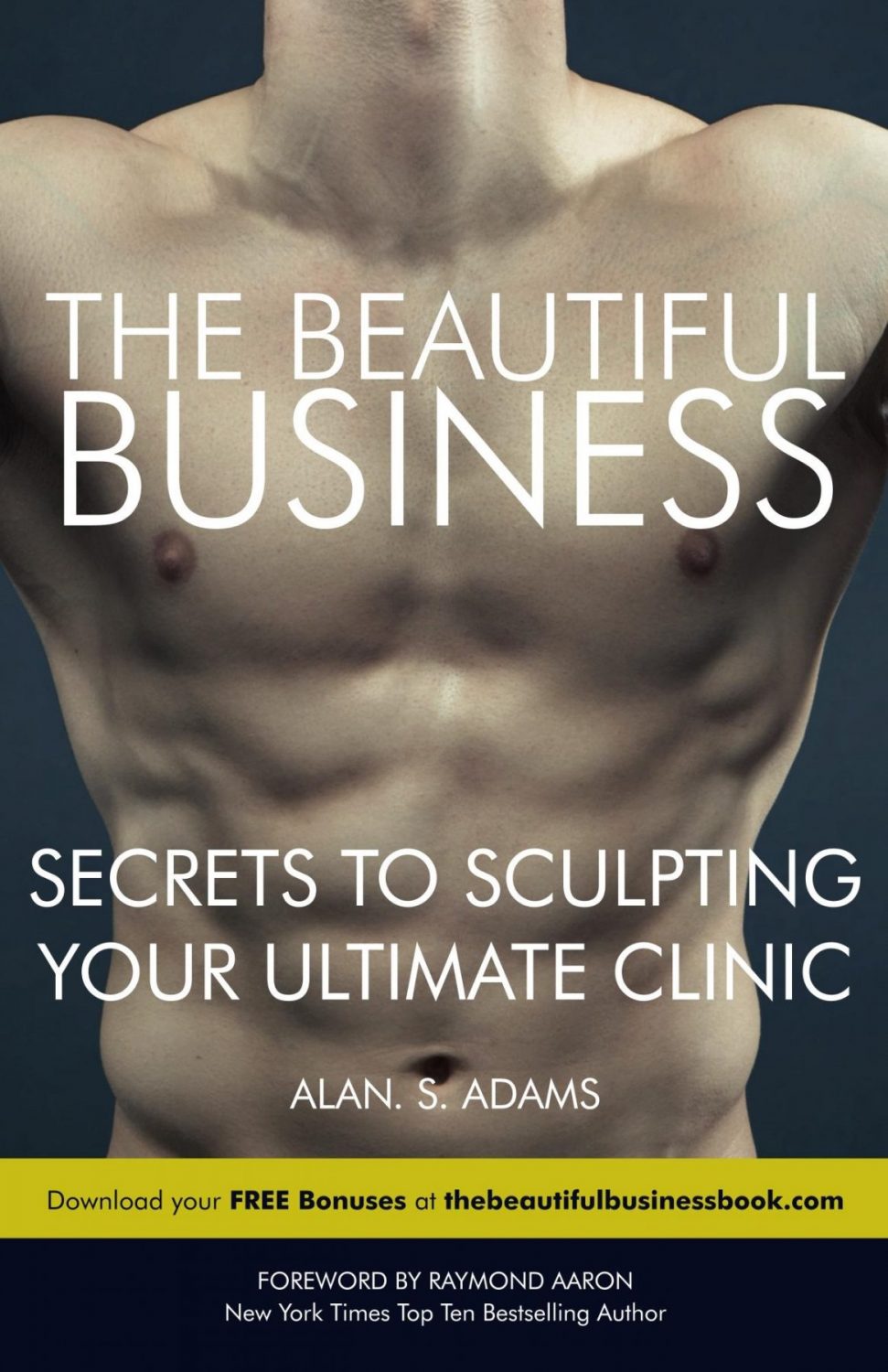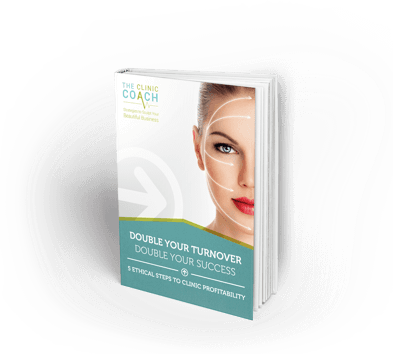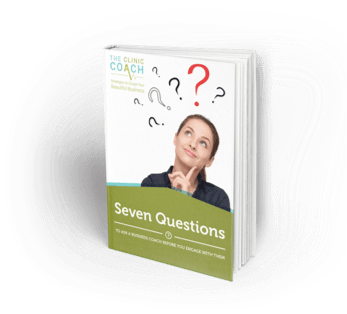If you’ve ever watched The Apprentice, where Alan Sugar seems to spend his time criticising and firing people, there’s an excellent example of a presentation pitch done by Helen Miliband (CLICK HERE TO WATCH). In the presentation they were trying to sell a child seat to a French company, and one of the directors came up with a price objection saying the seat is too expensive. Helen’s partner in the pitch then took the seat and sat on it, saying ‘how comfortable it was’ which just makes you cringe as you watch. She’s completely ignored the objection and has made a pointless comment.
Helen took control of the situation though – thankfully – and pointed out that modern women these days will pay almost anything for convenience, that she’d studied their target market, and that the price is a reasonable one considering how much convenience this gives them. Plus, she told them, they could say they were the first people to bring this to France and that they care about their customers, care about their children’s safety, know how busy their customers are and that this is a great product for them. Needless to say, Helen won the pitch. If you want to see it, search for Helen’s sales pitch The Apprentice on YouTube, and enjoy. It’s a really great example of knowing what buttons to press because you understand and know who your customers are.
The same has to be true of any business. You have to ask questions to find out what the client’s end goal is, then advise them on the best fit to get them there. You need to be a consultant, not a sales person. I worked with a clinic that adopted this and it had a huge impact on their bottom line. A lot of their clients were very price sensitive and would come in with a particular budget in mind, however when they talked to them about what they were actually trying to achieve, they were able to bolt on other treatments to help the client achieve their goals.
Remember, if your client has a budget of £3,500 and you want to get a £4,000 sale, you’re only selling an extra £500, so you can talk about the £500, not the £4,000. You can even break it down to the lifetime cost that it’s worth to them. I once heard about someone selling membership for an organisation; the annual cost was just under £1200 at £99 a month. A woman in the group commented that they thought that was a bit expensive but when, a minute later, the presenter likened the membership to purchasing a Starbucks coffee every day, the same person then commented on how cheap it was. Same deal, just presented another way.
I did something similar myself a few years back when I wanted to take my daughter Ellie to Lapland. It was a five-day all-inclusive trip with activities every day. You basically spent every day looking for Santa with a bus driving you around to different locations each day. At every location one of the four lead elves would entertain the children, there’d be some kind of building such as Santa’s post office, where the elves slept, and toy-making workshops, and there’d be activities such as dog sleighs, reindeer rides, and snowmobiles. All of which was building up to the final day when the youngsters would eventually meet the man himself.
The trip was going cost nearly £4000 and at the time money was tight but I decided to do it anyway. I looked at the lifetime value to my daughter and to me of these special memories, and broke them down so that they weren’t costing me nearly £4000, they were costing just a few pence per day. It was such an incredibly magical trip that even when I think about it now, it makes me smile.
By Alan S Adams The Clinic Coach




